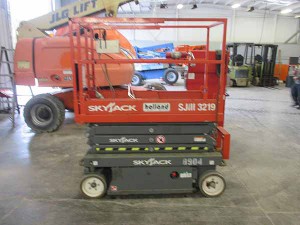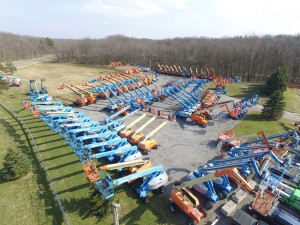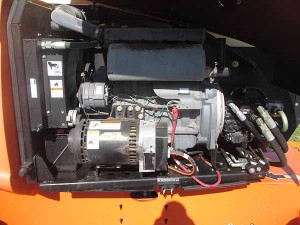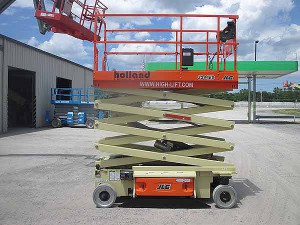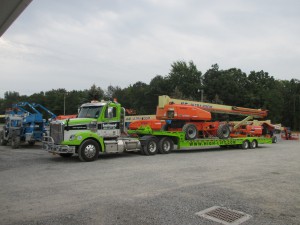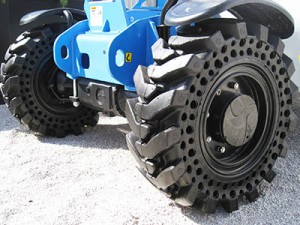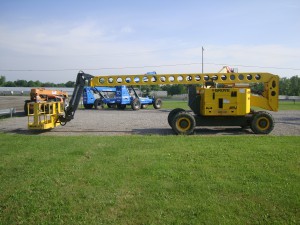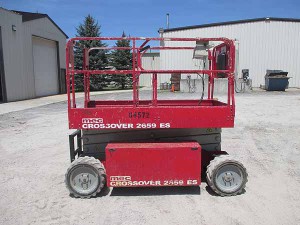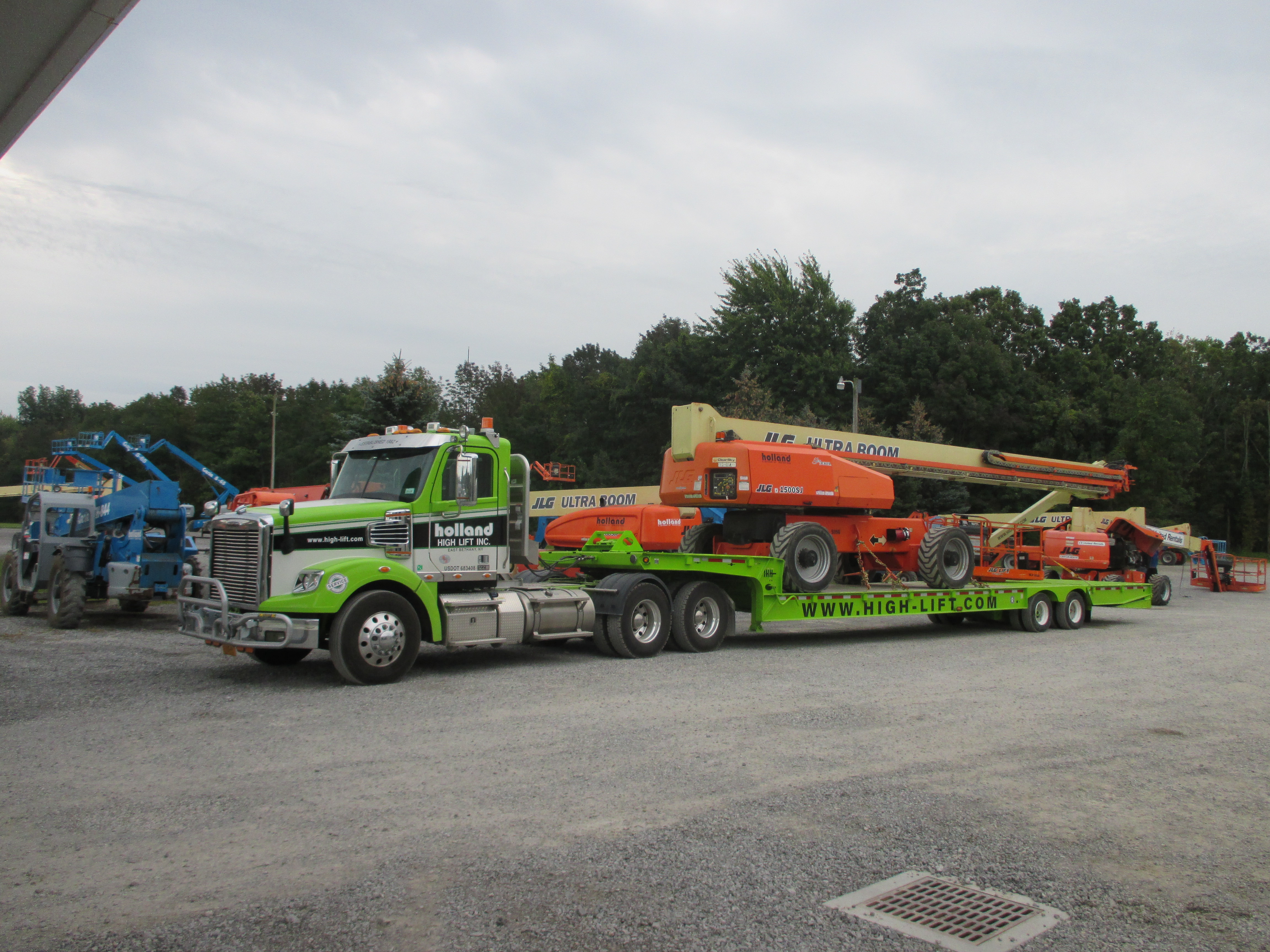
Our company moves lifts all over the country and I wish I could say those moves have all been trouble free. When we ship units out we have more control over the process but if we ship things in and we arrange outside freight that’s not always possible. Please go by all DOT standards in terms of securing the lift itself but here’s a list of further tips from our experience.
#1 Some of the most expensive electronics in a boom lift are in the upper control box. It’s all too common to find the bolts holding the lid to the control box or the box to the platform loose or missing. This allows everything to shake much more than it really has to. We’ve gotten lifts shipped in from across the country that arrive needing $1000+ of repairs they didn’t need when it shipped out. A few turns of a wrench could save you big money down the road. Scissor lifts have a related problem. They usually have a more ruggedly designed control box but it’s usually not attached in any permanent way to the railing. This allows a customer to easily remove the box and transport it inside a truck but if you forget or choose not to do that the box could shake off the railing and get lost or damaged. If you don’t want to remove the box a bungee cord could also be used to secure it.
#2 Hoods on modern boom lifts are quite large and often made of fiberglass or plastic. If these hoods should come loose they can easily rip off resulting in an expensive repair and the debris could potential hurt someone. It’s important to check on the latches that hold the hoods on. They are usually inexpensive to replace and it’s worth doing so if they no longer hold the hoods tight. Many of the latches are rubber and stretch over time so they no longer tightly hold the hood. It also can’t hurt to use a bungee cord for additional safety especially if you’re moving the unit a long distance.
#3 It’s important not to pinch any hydraulic hoses or electrical cables at any point or else you might cause damage. This usually happens on the boom near where the basket attaches.
#4 The final tip is specific to colder climates. If a lift gets moved during the winter months when salts on the road it’s very beneficial if you can wash the salt off. We do this regularly with our equipment as it really helps to keep corrosion in check. The road/salt spray is usually not a terrible problem when using tractor trailers but if you move the lift on a low equipment trailer behind a dump truck or heavy duty pickup the lifts tend to get very dirty.
We hope following these tips will save you some trouble down the road.
